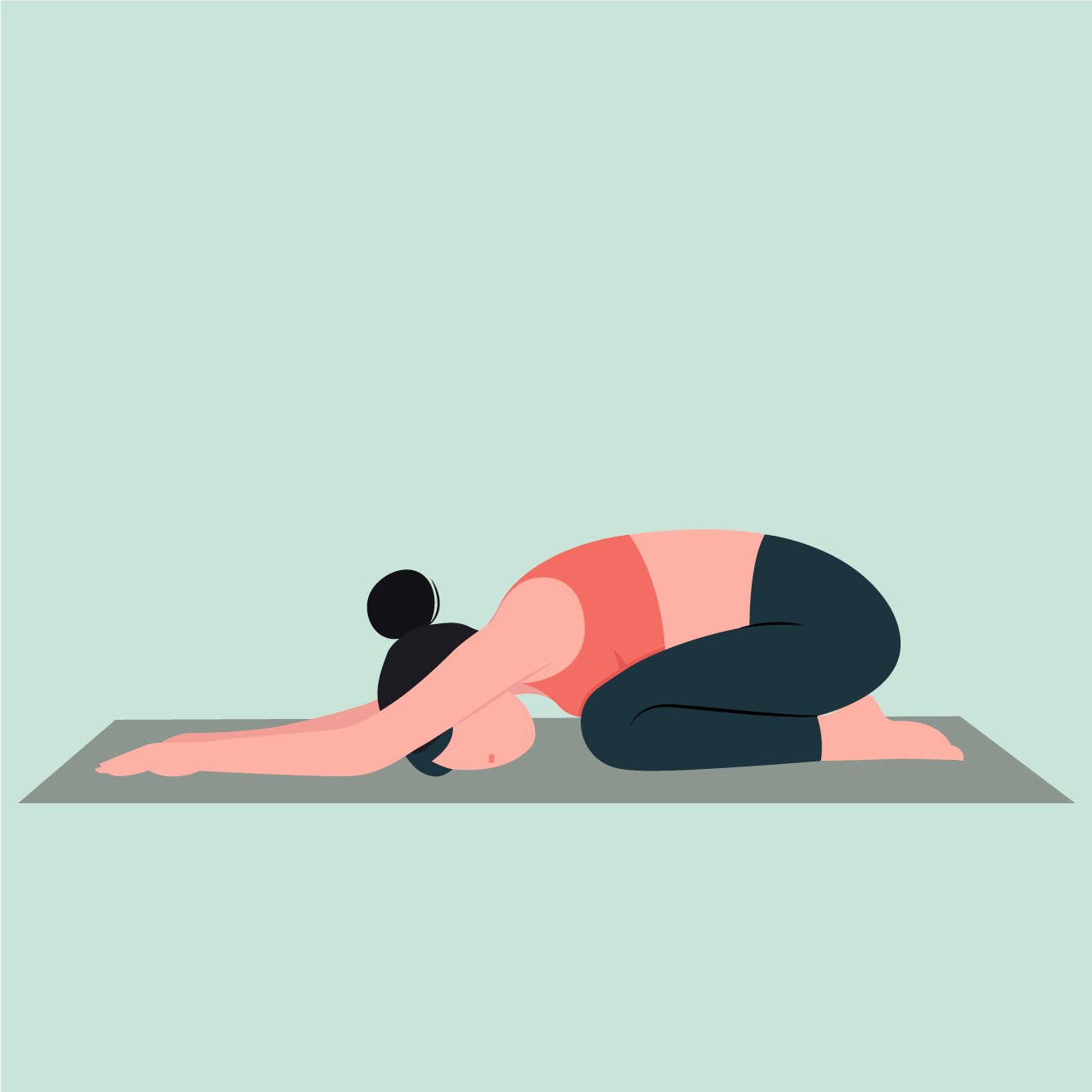Should You Do Closed Chain Exercises Exclusively During ACL Rehab?
Closed chain exercises are a staple of ACL rehab for many reason. They promote co-contraction of the muscles that support the hip and knee. They are also more “functional” because they are typically done in standing positions. All that being said, closed chain exercises have their shortcomings and if these are not addressed, additional complications may result.
After an ACL injury or surgery, the quads get inhibited. A large part of ACL rehab is regaining quad strength so that force can appropriately be absorbed by muscles rather than joints and ligaments during activities like running, jumping, etc. As a result of the loss in quad strength, ACLers will adopt movement compensations to avoid loading the quads. These compensations can be achieved through interlimb (between both limbs) or intralimb (within the same limb) means. In a study conducted by Sigward et al., it was concluded that at 3 months, patients adopt both interlimb and intralimb compensations during a double leg squat but preferentially chose an interlimb strategy by shifting their weight to the unaffected side. Conversely, at 5 months, patients predominantly chose an intralimb compensation by adopting a hip dominant strategy with as little as 3 degrees of decreased knee flexion (compared to the unaffected limb) to achieve that compensation. These compensations resulted in significant decreases in knee extensor moments (quad loading) and increases in hip extensor moments.
Intralimb compensations during a double leg squat can be difficult to identify visually, even for the most trained eyes.
Humans are amazing compensators and athletes are among the best. If you ask an athlete to complete a jumping, running, or squatting task, they will get it done, even in the presence of quad weakness. Toole et al. conducted a study in which 115 participants who were previously cleared to return to sport after ACL surgery were asked to re-complete hop testing, strength testing, and patient reported outcome measures. Of those 115 participants, 53% passed the hop testing requirements (>90% LSI) but only 27.8% passed strength requirements (>90% LSI). First and foremost, I think the study speaks to how poor the standard of ACL return to sport testing is across the board but as it pertains to open chain exercise, I believe this study highlights that many athletes can figure out a way to compensate their way into completing a task - over half of these athletes passed hop testing and many doing so in the presence of muscular weakness.
In closing, strictly relying on closed chain activities may result in under-loading the quadriceps due to subtle intralimb compensations. Some of the more obvious compensations, like a shift to the unaffected side, may be easy to identify but with some intralimb compensations, these subtle changes are virtually undetectable, even for the most trained eyes. In many of these cases, these compensations are left unaddressed and results in muscular weakness leading to a cascade of issues further down the line. Closed chain exercises are vital for successful ACL rehab because of their ability to develop global strength and more closely mimic sport specific positions; however, open chain exercises are also necessary to ensure that you are isolating muscles and developing the appropriate strength to return to sport safely.
Sigward SM, Chan MM, Lin PE, Almansouri SY, Pratt KA. Compensatory Strategies That Reduce Knee Extensor Demand During a Bilateral Squat Change From 3 to 5 Months Following Anterior Cruciate Ligament Reconstruction. J Orthop Sports Phys Ther. 2018;48(9):713-718.
Toole AR, Ithurburn MP, Rauh MJ, Hewett TE, Paterno MV, Schmitt LC. Young Athletes Cleared for Sports Participation After Anterior Cruciate Ligament Reconstruction: How Many Actually Meet Recommended Return-to-Sport Criterion Cutoffs?. J Orthop Sports Phys Ther. 2017;47(11):825-833.
Other Posts You Might Like
















